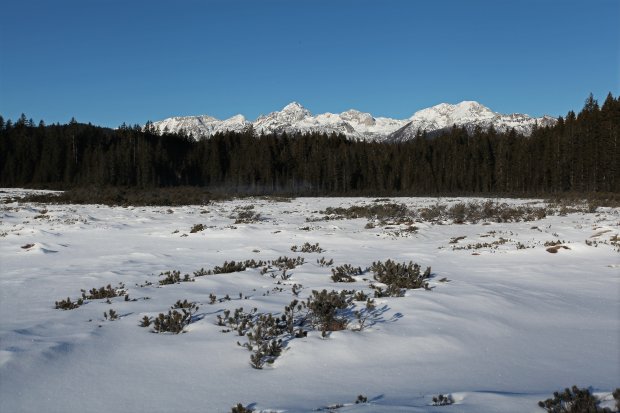The adaptation patterns of human activities to the environmental changes after Last Glacial Maximum in Slovenia
-
Original Title
Vzorci prilagajanja človekovih dejavnosti spremembam v okolju po zadnjem glacialnem maksimumu v Sloveniji
Project Team
Maja Andrič, PhD-
ARIS Project ID
J6-4016
-
Duration
1 July 2011–30 June 2014 -
Lead Partner
-
Project Leader
Partners
Geological Survey of Slovenia, University of Ljubljana, Faculty of Natural Sciences and Engeneering
The development of geographic environment in Slovenia after the LGM was highly dependant of climated changes. Additionally the environment changes were triggered by the exceptional events (i.e. earthquakes) connected to the active tectonics of our territory. They also highly influenced the life of humans. The combination of processes influenced the surface development dynamics, the hydrological network, paedogenesis as well as the species and extent of vegetation as well as on the settlement pattern and other human activities. Expertise in environmental changes dynamics in Slovenia is of key importance for research of various changes in spatial structures in the case of settlements as well as of other activities which are directly linked (or depending on) with natural environment (i.e. agriculture and land use, traffic network, tourism and recreation).

Šijec peat bog on Pokljuka (photo: M. Zaplatil)
Palynological research of seven meters deep core, which was colleted at Šijec peat bog in January 2012, is being carried out at the Institute of Archaeology, Scientific Research Centre of the Slovenian Academy of Sciences and Arts. Our aim is to investigate the Lateglacial and Holocene vegetation history of the Pokljuka plateau in order to better understand changes of vegetation, which were affected by human impact and climatic fluctuations.